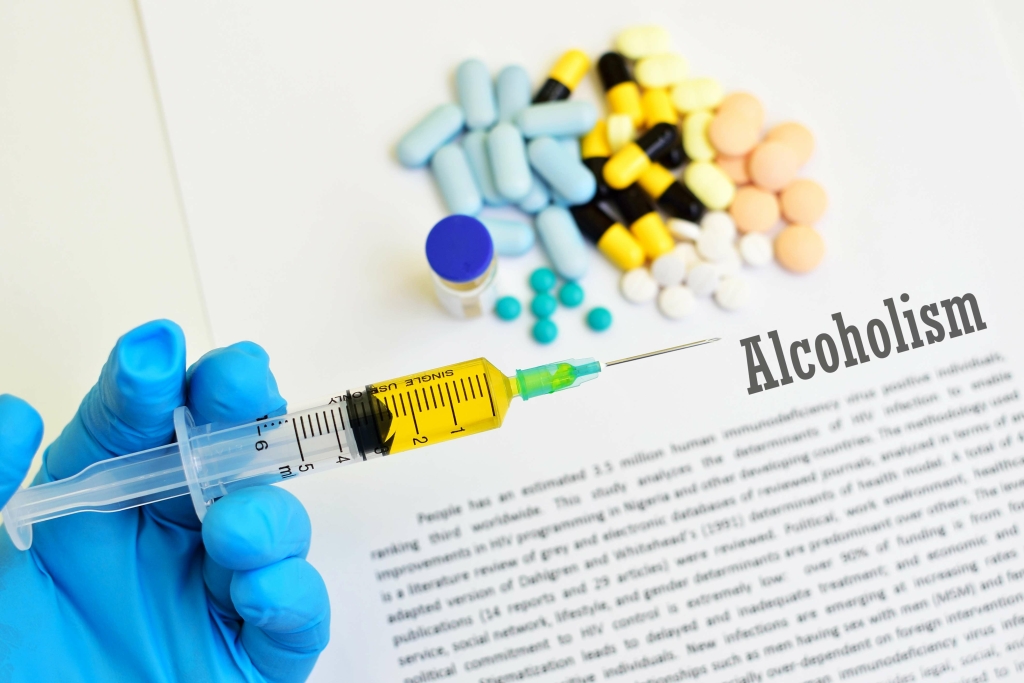Each treatment aims to recognize and address uncomfortable emotions and harmful behaviors that come with them. At the end of the day, it is all about finding a method that works for you. Moreover, sessions concentrate on current issues rather than digging deeper into the past.

Finding the Right Therapy Program in Massachusetts

There is some overlap in DBT and CBT uses, with both types of therapy occasionally being used to treat the same behavioral disorder. If you are considering therapy, you will quickly discover that there are all types of therapy sessions. Two of the most common options are dialectical behavioral therapy (DBT) and cognitive behavioral therapy (CBT). These two treatments might sound very similar, what is alcoholism but they actually have some distinct differences. To decide which option you need, it is useful to learn a little about how these therapies work.

Language in DBT
Some research suggests that DBT is also effective for treating depression. Cognitive behavioral therapy (CBT) and Dialectical behavior therapy (DBT) are both effective therapeutic modalities. Dialectical behavior therapy as treatment for borderline personality disorder. CBT is one of the most researched therapy types, partly because treatment focuses on highly specific goals, and results can be measured relatively easily. Practicing new skills can involve practicing coping skills and rehearsing them with the therapist to use in real-life situations. In these group sessions, people learn skills from one of the four modules and practice these skills as group settings offer a safe and supportive environment to complete this.
- Then, they help you restructure your thoughts and unlearn behaviors that maintain your psychopathology.
- Here are the main differences between DBT and CBT to help you choose the best treatment option.
- The average length of DBT treatment mainly depends on the individual and how much support the client needs.
- Both aim to foster better mental health through structured, evidence-based methods.
Get our best price of the year for a limited time
By using techniques like “self-soothing” and “distraction,” patients can manage situations without exacerbating them. It also aids individuals in developing a life worth living, characterized by meaningful goals and relationships. DBT involves both individual and group sessions, unlike traditional CBT. Individual sessions target personal challenges, while group sessions offer skills training and support.
Paying for Treatment
- It’s based on the straightforward idea that our thoughts, feelings, and behaviors are interconnected.
- Since then, DBT has been adapted to treat people with different mental health conditions, but many people treated with DBT have a primary diagnosis of BPD.
- Mental health therapy has evolved to include various evidence-based approaches designed to help individuals manage anxiety, depression, trauma, addiction, and emotional dysregulation.
- The therapy also emphasizes the importance of behavioral changes, encouraging clients to engage in activities that promote positive emotions and reduce stress.
- Sessions are typically short-term and time-limited, providing individuals with practical tools and strategies that they can apply to their everyday lives.
CBT also focuses on replacing unhelpful thoughts and behaviors with new actions and ways of thinking. Therapists often use CBT to treat mental health issues like depression, anxiety, substance abuse, and more. CBT excels at helping people identify and change negative thought patterns, making it a powerful tool for conditions like depression and anxiety. Its structured approach and focus on problem-solving can be particularly appealing dialectical behavioral therapy to those who prefer a more straightforward, goal-oriented treatment.
What Is DBT for Teens?
The person beginning DBT may be in a group setting that teaches DBT skills, often in four sessions. In some cases, patients may transition to CBT once they know that https://ourcosmicyoga.com/is-alcohol-a-blood-thinner-health-guide/ they have the skills to regulate their emotions and engage in mindfulness. They will then explore their negative thinking patterns and harmful behaviors through the use of CBT. At Mission Harbor Behavioral Health, we provide both CBT and DBT treatment options. As a dual diagnosis treatment center, we can assist with both substance use and underlying mental health disorders.
We’ll guide you through the assessment process and recommend the best therapy options for your teen’s specific needs. In this blog, we’ll explore each approach in depth, highlight their differences, and guide you toward making an informed decision for your teen’s wellness journey. Changes in both internal and exterior verbal conduct are at the heart of ACT.
What Is CBT?
DBT also includes a specific focus on emotion regulation, which is not typically included in CBT. Dialectical Behavior Therapy (DBT) is an approach that evolved from CBT but takes it a step further by focusing on emotional regulation, mindfulness, and interpersonal relationships. Cognitive Behavioral Therapy (CBT) and Dialectical Behavior Therapy (DBT) are popular mental health methods. It is particularly effective for emotional regulation and managing intense emotions. DBT skills focus on mindfulness, distress tolerance, and interpersonal effectiveness. DBT builds upon CBT principles but emphasizes emotional and social dimensions more.






